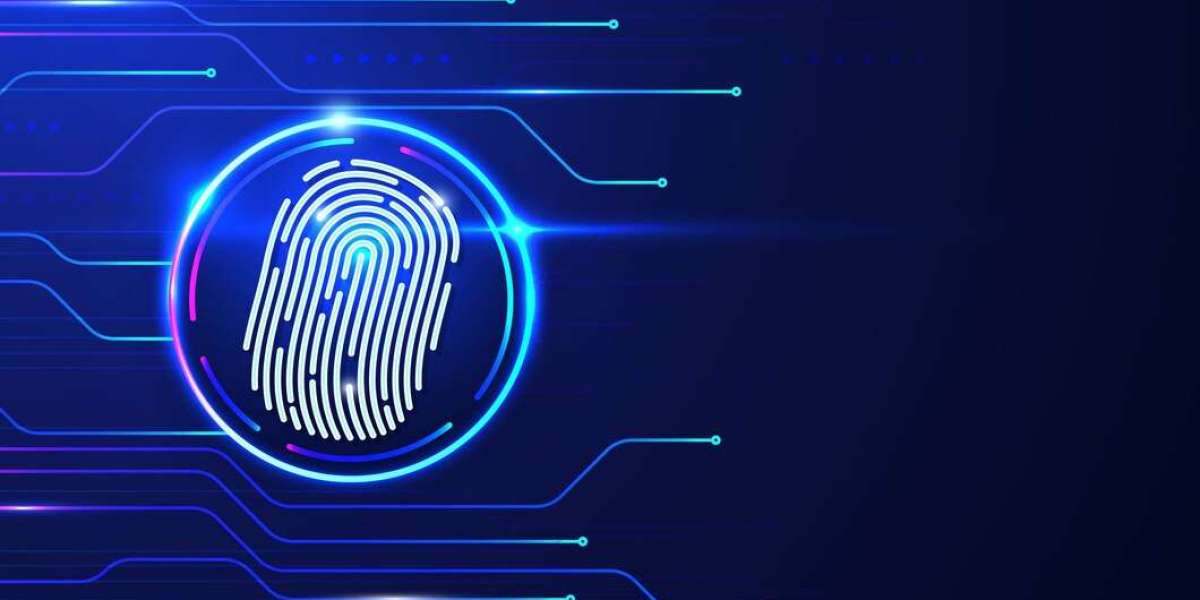In today's digital age, the importance of digital forensic investigations cannot be overstated. As more and more aspects of our lives are stored and conducted online, the need for experts in digital forensic technology has become increasingly crucial. In this article, we will explore some of the best practices for conducting digital forensic investigations, including the use of advanced forensic technology and the handling of digital evidence.
Understanding Digital Forensic Investigations
Digital forensic investigations involve the collection, preservation, examination, and analysis of digital evidence. This evidence can include anything from emails and text messages to images and videos stored on electronic devices. By employing advanced forensic technology, investigators can uncover valuable information that can be used in legal proceedings, internal investigations, and cybersecurity incidents.
Utilizing Forensic Technology
One of the key components of a successful digital forensic investigation is the use of cutting-edge forensic technology. Tools such as Digital Evidence Triage, EnCase, and FTK are essential for extracting data from digital devices, analyzing it, and presenting it in a format that is admissible in court. These tools not only streamline the investigation process but also help ensure the integrity of the digital evidence.
Securing Digital Evidence
When conducting a digital forensic investigation, it is paramount to secure the digital evidence properly. This includes making a forensic copy of the original data to prevent any tampering or alteration. By creating a bit-by-bit image of the digital device, investigators can work with the copy while preserving the integrity of the original evidence. Additionally, it is important to document the chain of custody to establish the authenticity of the evidence in court.
Conducting a Thorough Examination
Once the digital evidence has been secured, the next step is to conduct a thorough examination. This involves analyzing the data for relevant information, identifying any artifacts or anomalies, and reconstructing events based on the evidence. By utilizing advanced forensic technology and following strict protocols, investigators can uncover valuable insights that can help solve crimes, mitigate cybersecurity incidents, and provide crucial evidence in legal proceedings.
Collaboration and Reporting
Throughout the digital forensic investigation process, collaboration among team members is key. By working together, sharing insights, and leveraging each other's expertise, investigators can uncover critical information more effectively. Additionally, the findings of the investigation must be documented in a detailed report that outlines the methodology used, the evidence collected, and the conclusions drawn. This report will serve as a key piece of evidence in court proceedings and internal reviews.
Conclusion
In conclusion, digital forensic investigations play a crucial role in today's digital landscape. By following best practices, utilizing advanced forensic technology, securing digital evidence, conducting thorough examinations, and fostering collaboration, investigators can uncover valuable insights that can help solve crimes, mitigate cybersecurity incidents, and provide crucial evidence in legal proceedings. By staying abreast of the latest forensic technology and techniques, digital forensic investigators can continue to be at the forefront of combating digital crimes and ensuring justice is served.







